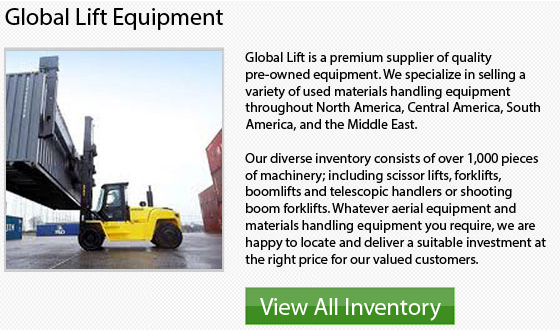
Clark Outdoor Forklifts Fort Worth
In the distribution of goods business, forklifts play a really vital part. They are capable of efficiently moving product through the distribution process. Nevertheless, they should be utilized safely. Incorrect operation of forklifts can result in injury to workers, damage to products, and serious accidents that could lead to death.
Safety
Forklifts are rather safe as long as they are utilized properly. Tens of thousands of people are seriously injured in forklifts accidents each and every year. Dozens are killed in workplace accidents involving forklifts. The tragedy is that the majority of these accidents are preventable with proper training and attention to safety.
Types of Machinery
Forklift operators must be trained on the specific type of forklift they will be using on the job. A popular kind utilized inside warehouse and distribution centers is the sit-down model. Other kinds of forklifts frequently utilized in industry include operator up units, rough terrain units and narrow aisle trucks.
Operator Requirements
A forklift operator certification which covers both classroom study and practical evaluations is required by the Occupational Safety and Health Administration or OSHA. The three-year certification is not transferable; if changing employers, operators should become recertified.
Load Capacities
Standard forklifts have a load capacity of 1,800 kilograms to 2,200 kilograms. Higher load capacities up to and beyond 9,000 kilograms are available in several units. The load capacity of a forklift will depend on the unit and its options and attachments.
History
Forklifts were initially developed by Clark and by Yale, leading companies within the global forklift business. Ever since the forklift was developed in the 1920s, it has gone through various technological advances, particularly leading to enhancements in operator safety and the efficient and safe movement of product.
- Fantuzzi Container Forklift Fort Worth
Rail / Intermodal Reach Stacker Rail or Intermodal Reach Stackers manufactured by Fantuzzi would make fast work of difficult applications. The distances between the first and second rail will drastically vary depending on the task.... More - Taylor Rough Terrain Forklift Fort Worth
Rough Terrain Lift Truck Training Class VII or rough terrain forklifts are often used in logging and forestry projects and are common on construction sites. They are the popular option for outdoor settings which depend... More - JCB Zoom Boom Fort Worth
Raw Materials The cab, body, boom and frame of a telescoping boom rough terrain forklift are generally manufactured by a lift truck manufacturer. The most common material used for these subassemblies is steel, because of... More - Kalmar LP Forklifts Fort Worth
When running your own business and trying to choose the proper kind of forklift, it is essential to research your investment before making the purchase in order to determine what the right type of machinery... More - Yale LP Forklifts Fort Worth
You'll notice specific types and classes of forklifts available on the market. Once you have become familiar with the numerous models, it is easier to understand you lift truck application needs prior to choosing one.... More








